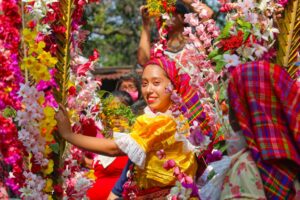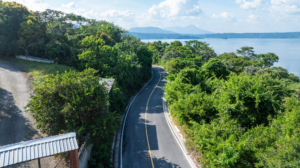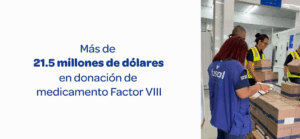The Government of El Salvador continues to carry out a profound transformation of the Historic Center of San Salvador, with the purpose of turning it into a center of urban, economic, and social development. This initiative seeks to recover one of the most symbolic areas of the country, restoring its dynamism as a public, cultural and tourist space, and projecting it into the future with a modern and sustainable vision.
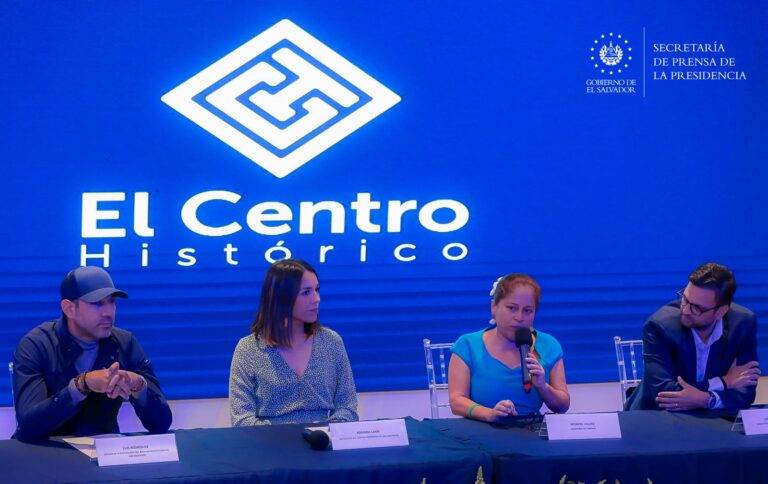
As part of this process, the formulation of the Plan Especial de Ordenamiento y Desarrollo Territorial (PEODT),has begun, a strategic tool that will make it possible to plan the growth of the Historic Center in an orderly manner and with a long-term vision. This new plan will mark a turning point in the revitalization process, consolidating the efforts made for more than a decade.
“This plan will give us the key lines to continue with the revitalization that began a decade ago, when President Bukele, as mayor, initiated this transformation process”, said Adriana Larín, director of the Autoridad del Centro Histórico. The PEODT will establish priorities, clear rules and a shared vision that will guide future actions in the area.

This instrument will also contribute to strengthen the conditions necessary to attract private investment, generate formal employment and improve the quality of life of those who live, work, or visit the Historic Center. It will also provide legal certainty, facilitate the protection of the historic heritage, and allow for a better use of public spaces.
Morena Valdez, minister of Tourism, pointed out that this plan is part of the Programa de Apoyo a la Recuperación y Expansión del Sector Turismo, financed by the Inter-American Development Bank (IDB), which contemplates an investment of 106 million dollars destined to more than 50 strategic projects, among them the Historic Center and Surf City.

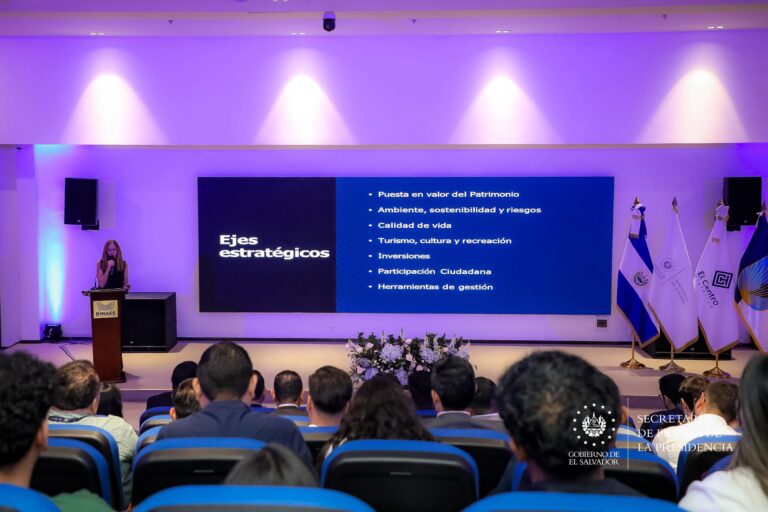
With this comprehensive vision, the Government of El Salvador reaffirms its commitment to continue building a more modern, orderly capital city with opportunities for all. The revitalization of the Historic Center not only preserves its legacy, but also projects it as a key space for the economic, cultural and social development of the country.


